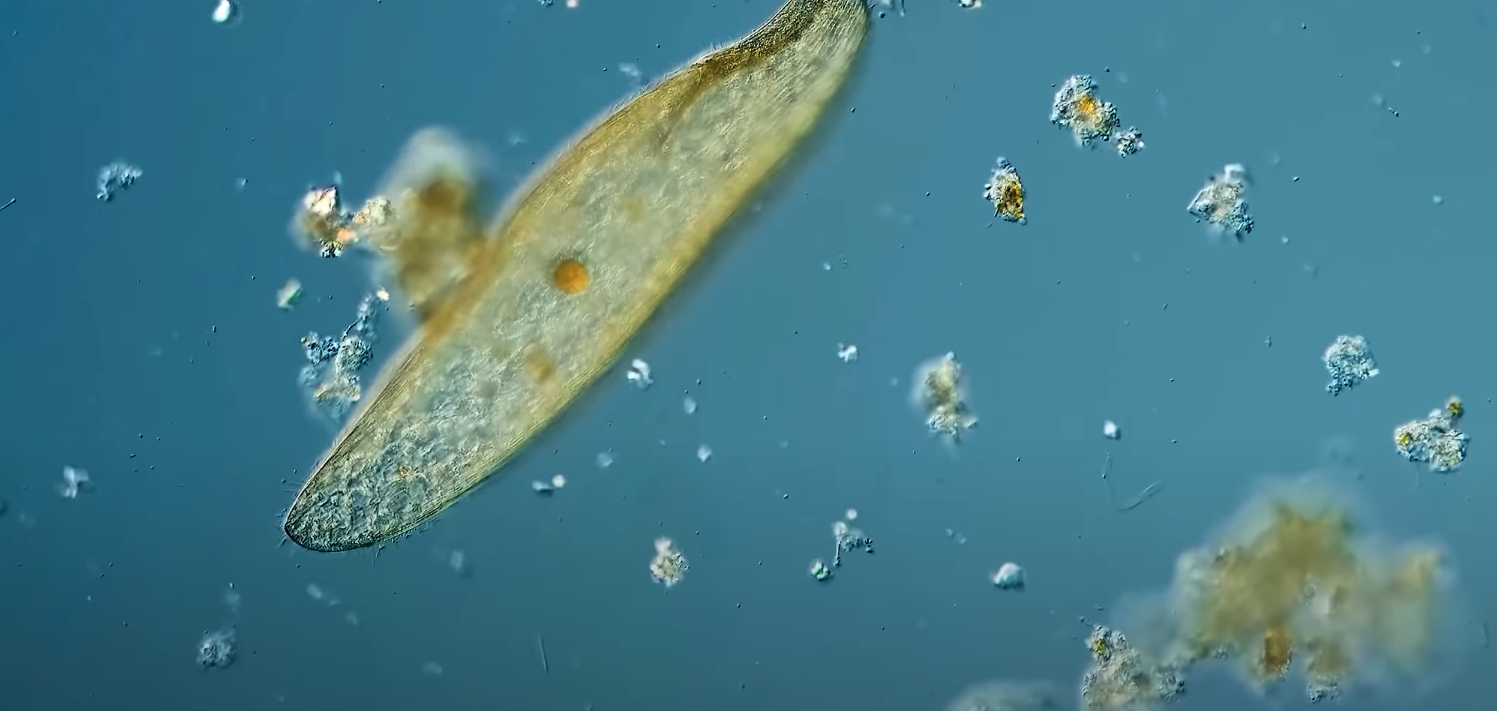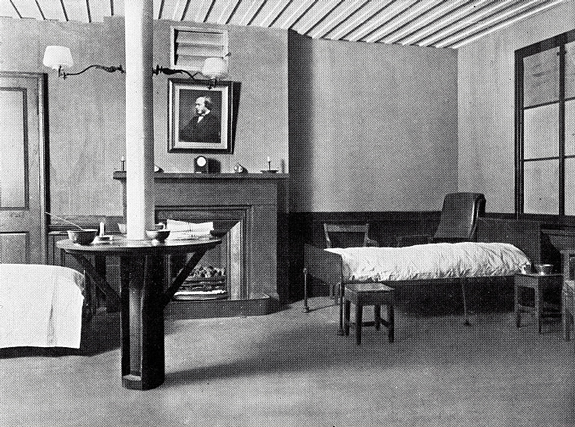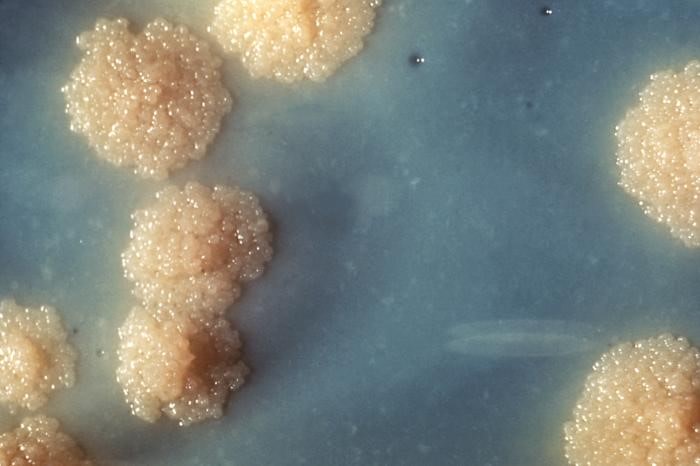[1] Anna Tsing, “Unruly Edges: Mushrooms as Companion Species,” Environmental Humanities 1, (2012): 141.
[2] Bruno Latour, The Pasteurization of France, (London: Harvard University Press, 1998), 140-145.
[3] Anderson,“Excremental Colonialism: Public Health and the Poetics of Pollution”, 652.
[4] Latour, The Pasteurization of France, 143.
[5] Latour, The Pasteurization of France, 144.
[6] Warwick Anderson,“Excremental Colonialism: Public Health and the Poetics of Pollution”, Critical Inquiry 21, no. 3 (1995)
[7] Annmarie Adams, Architecture in the Family Way: Doctors, Houses, and Women 1870-1900 (Montreal: McGill-Queen's University Press, 1996), 204-205.
[8] Hayes,“The Aesthetic Interior as Incubator of Health and Well-Being”, Architectural History 60, (2017):287.
[9] Adams, Architecture in the Family Way, 37-39.
[10] Richard Sennett, Flesh and Stone: The Body and the City in Western Civilization, (New York: W. W. Norton & Company, 1994), 350-370.
[11] Ira M. Rutkow, “The Surgeon's Glove”, Arch Surg 134, no. 2 (1999): 223.
[12] Sennett, Flesh and Stone: The Body and the City in Western Civilization,310.
[13] Tsing, Unruly Edges: Mushrooms as Companion Species, 150.
[14] Íbid., 141.
[15] Donna Haraway, Staying with the Trouble: Making Kin in the Chthulucene, (London: Duke University Press, 2016), 71.
[16] Margaret McFall-Ngai, “Noticing Microbial Worlds: the Postmodern Synthesis in Biology”, in Arts of Living on a Damaged Planet. Ghosts and Monsters of the Anthropocene, ed. Anna Tsing et al. (Minneapolis: University of Minnesota Press, 2017),65.
[17] Haraway, Staying with the Trouble: Making Kin in the Chthulucene, 64.
[18] Sennett, Flesh and Stone: The Body and the City in Western Civilization, 324.



